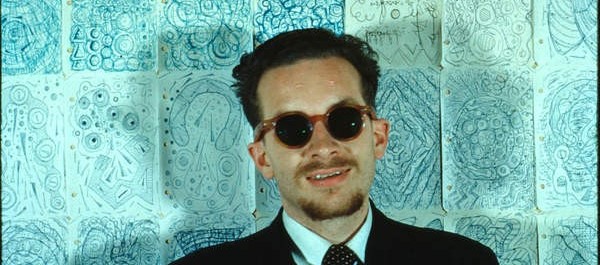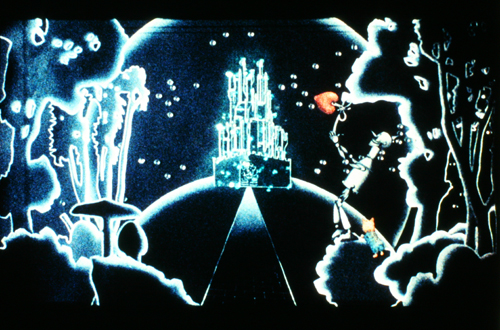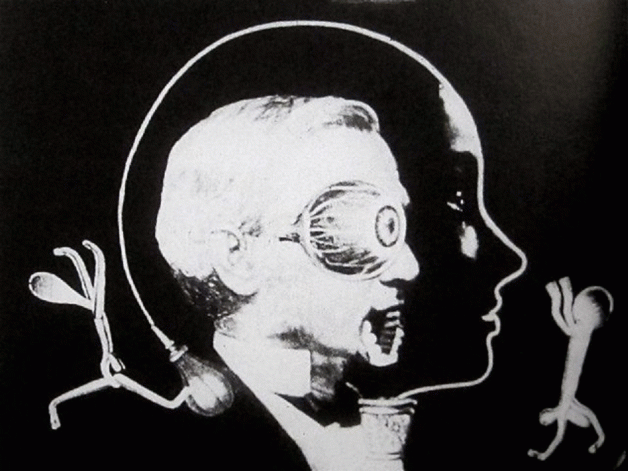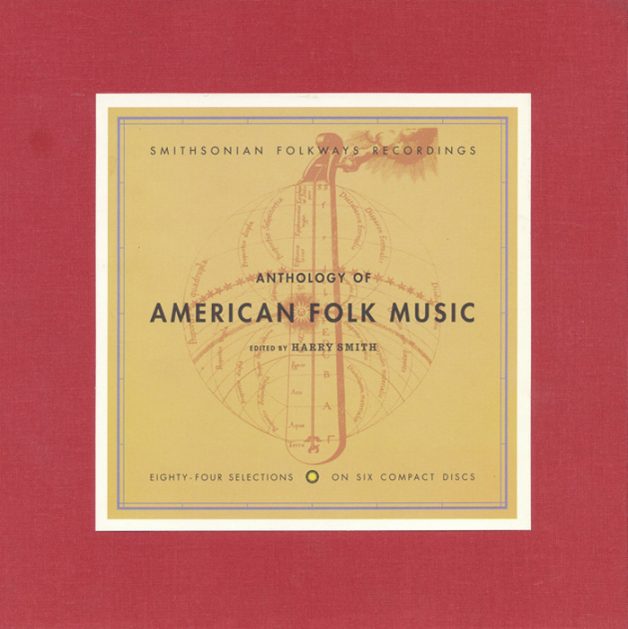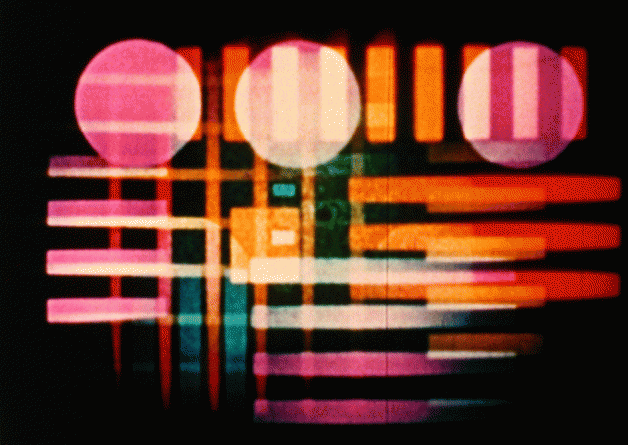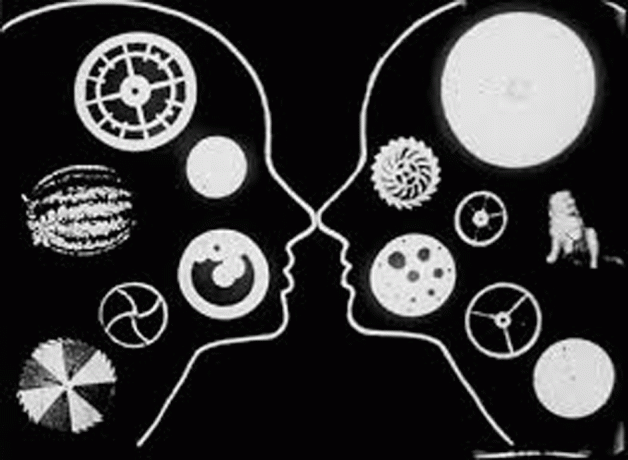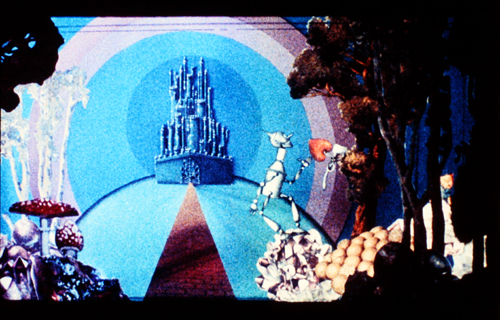HARRY SMITH goes to OZ
INVISIBLE HOUSE / DARK MOFO
INVISIBLE HOUSE exhibition for Australia’s Infamous DARK MOFO Arts Festival which last year saw 600 000 punters storm the Apple Aisle is proud to feature a Retrospective of Harry Smith’s films as part of the Magical and Artistic Mayhem that they are presenting for the Winter Solstice extravaganza. BWH
American Magus Harry Smith
16 June – 24 June
Presented by DARK MOFO and Salamanca Arts Centre
An INVISIBLE HOUSE event, curated by Brendan Walls for Dark Mofo 2018
This retrospective ponders
the pioneering film works of Harry Smith :
American filmmaker, painter, folk music historian,
self-professed shaman and occultist.
Some films also feature a live score
performed by local miscreants.
An Australian premiere.
The entire Smithsonian Folkways Harry Smith Anthology of American Film Music will be played in the Peacock Theatre as a shrine to Harry Smith and for your listening pleasure.
DAILY OPENING TIMES:
Saturday 16 June 2018, 10:00am – 4:00pm
Sunday 17 June 2018, 10:00am – 4:00pm
Saturday 23 June 2018, 10:00am – 4:00pm
Sunday 24 June 2018, 10:00am – 4:00pm
FILM SESSION DATES / TIMES:
For more detailed information on each SESSION, please follow the links below:
SESSION #1
Saturday 16 June 2018, 12:00noon – 2:00pm
SESSION #2
Saturday 16 June 2018, 3:00pm – 4:30pm
SESSION #3
Sunday 17 June 2018, 2:00pm – 3:06pm
SESSION #4
Saturday 23 June 2018, 12:00noon – 1:30pm
SESSION #5
Saturday 23 June 2018, 3:00pm – 5:00pm
SESSIONS #6
Sunday 24 June 2018, 2:00pm – 3:06pm
THIS IS A FREE EVENT
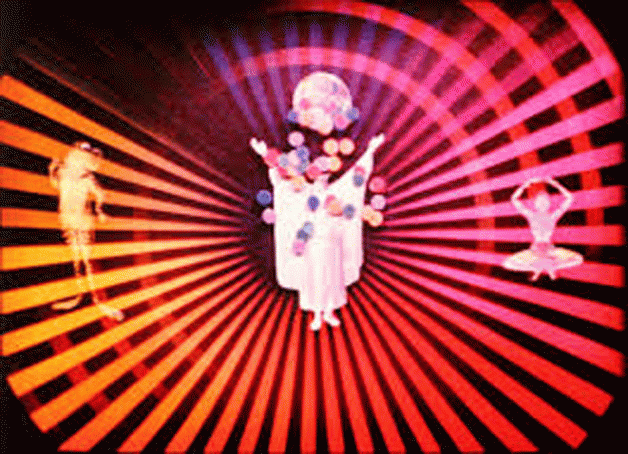
SESSION #1 DETAILS:
Harry Smith’s early work, made between 1939 and 1956.
Presented by Jack Sargeant.
Featuring the following films with live score:
Early Abstractions (Film # 1 – 5, 7 & 10)
Mirror Animations (Film #11)
Late Superimpositions (Film #14)
Untitled Seminole Patchwork (Film #15)
The Old, Weird America: Harry Smith’s Anthology of American Folk Music
Filmmaker, musician, painter, mystic and string collector Harry Smith wore many hats during his long, eventful life as a key figure of underground culture through the latter half of the 20th century. In this jubilant documentary, director Rani Singh hones in on Smith’s incalculably influential Anthology of American Folk Music, a remarkable and enduring collection of blues and country classics recorded by the likes of Blind Lemon Jefferson, Roscoe Holcolmb, the Carter Family and the Memphis Jug Band between 1927 and 1934. Smith, an insatiable amateur musicologist, picked up these rare recordings while still in high school, eventually amassing a collection of more than 8,000 “round black ghosts” (in the words of Smith aficionado Greil Marcus) and releasing the best of the bunch on his Anthology in 1959. Singer/songwriter Bob Neuwirth notes that these songs are about “life, death, blood, betrayal, murder, intoxication” and every one of the seven deadly sins. Upon the collection’s rerelease in 1997, music tribute impresario Hal Wilner organised a series of concerts featuring some of today’s most gifted artists taking a crack at their favourite Anthology tracks. Singh has assembled concert footage, interviews and archival images into a fittingly celebratory, rockin’ doc. Transcendent performances by Beth Orton, DJ Spooky, Sonic Youth, Kate and Anna McGarrigle, Lou Reed, Philip Glass, Richard Thompson, Emmylou Harris, Beck and Nick Cave highlight the proceedings, and just wait until you hear Elvis Costello tear into “The Butcher Boy.” The Old, Weird America is a testament to Smith’s impeccable taste in music and that music’s enduring appeal and relevance. As Marcus says, “The weirdness means the story will always be new.”
SESSION #3 DETAILS:
Presented by Jack Sargeant.
Featuring the following film:
Film Number 12 – Heaven And Earth Magick
SESSION #4 DETAILS:
The Old, Weird America: Harry Smith’s Anthology of American Folk Music
Filmmaker, musician, painter, mystic and string collector Harry Smith wore many hats during his long, eventful life as a key figure of underground culture through the latter half of the 20th century. In this jubilant documentary, director Rani Singh hones in on Smith’s incalculably influential Anthology of American Folk Music, a remarkable and enduring collection of blues and country classics recorded by the likes of Blind Lemon Jefferson, Roscoe Holcolmb, the Carter Family and the Memphis Jug Band between 1927 and 1934. Smith, an insatiable amateur musicologist, picked up these rare recordings while still in high school, eventually amassing a collection of more than 8,000 “round black ghosts” (in the words of Smith aficionado Greil Marcus) and releasing the best of the bunch on his Anthology in 1959. Singer/songwriter Bob Neuwirth notes that these songs are about “life, death, blood, betrayal, murder, intoxication” and every one of the seven deadly sins. Upon the collection’s rerelease in 1997, music tribute impresario Hal Wilner organised a series of concerts featuring some of today’s most gifted artists taking a crack at their favourite Anthology tracks. Singh has assembled concert footage, interviews and archival images into a fittingly celebratory, rockin’ doc. Transcendent performances by Beth Orton, DJ Spooky, Sonic Youth, Kate and Anna McGarrigle, Lou Reed, Philip Glass, Richard Thompson, Emmylou Harris, Beck and Nick Cave highlight the proceedings, and just wait until you hear Elvis Costello tear into “The Butcher Boy.” The Old, Weird America is a testament to Smith’s impeccable taste in music and that music’s enduring appeal and relevance. As Marcus says, “The weirdness means the story will always be new.”
SESSION #5 DETAILS:
Presented by Jack Sargeant.
Featuring the following films with live score:
Early Abstractions (Film # 1 – 5, 7 & 10)
Mirror Animations (Film #11)
Late Superimpositions (Film #14)
Untitled Seminole Patchwork (Film #15)
SESSION #6 DETAILS:
Presented by Jack Sargeant.
Featuring the following film:
Heaven And Earth Magick (Film #12)
See full further details @ https://www.salarts.org.au/event/american-magus-harry-smith/
see more @ Harry Smith Archives
INVISIBLE HOUSE : DARK MOFO
DARK MOFO full program https://darkmofo.net.au/program
Biography: Harry Smith
Harry Smith (1923-1991) was an artist whose activities and interests put him at the centre of the mid twentieth-century American avant-garde. Although best known as a filmmaker and musicologist, he frequently described himself as a painter, and his varied projects called on his skills as an anthropologist, linguist, and translator. He had a lifelong interest in the occult and esoteric fields of knowledge, leading him to speak of his art in alchemical and cosmological terms.
Harry Smith was born May 29, 1923, in Portland, Oregon, and his early childhood was spent in the Pacific Northwest. Smith’s father, Robert James Smith, was a watchman for the local salmon canning company. His mother, Mary Louise, taught school on the Lummi Indian reservation. Robert Smith’s grandfather had been a prominent Freemason who was a Union General in the Civil War. Harry’s parents were Theosophists, who exposed him to a variety of pantheistic ideas, which persisted in his fascination with unorthodox spirituality and comparative religion and philosophy. By the age of 15, Harry had spent time recording many songs and rituals of the Lummi and Samish peoples and was compiling a dictionary of several Puget Sound dialects. He later became proficient in Kiowa sign-language and Kwakiutl. In addition to developing complicated systems for transcription, he also amassed an important collection of sacred religious objects, one of a number of museological endeavours that occupied Smith throughout his life.
Smith studied anthropology at the University of Washington for five semesters between 1943 and 1944. After a weekend visit to Berkeley, during which he attended a Woody Guthrie concert, met members of San Francisco’s bohemian community of artists and intellectuals, and experimented with marijuana for the first time, Smith decided that the type of intellectual stimulation he was seeking was unavailable in his student life.
It was in San Francisco that Smith began to build a reputation as one of the leading American experimental filmmakers. He showed frequently in the “Art in Cinema” screenings organized by Frank Stauffacher at the San Francisco Museum of Modern Art. Smith not only became close with other avant-garde filmmakers in the Bay Area, such as Jordan Belson and Hy Hirsh, but traveled frequently to Los Angeles to see the films of Oskar Fischinger, Kenneth Anger, and other Southern Californians experimentalists. Smith developed his own methods of animation, using both stop motion collage techniques and, more uniquely, hand-painting directly on film. Often a single film required years of painstakingly precise labour. While a few other filmmakers had employed similar frame-by-frame processes, few matched the complexity of composition, movement, and integration in Smith’s work. Smith’s films have been interpreted as investigations of conscious and unconscious mental processes, while his fusion of colour and sound are acknowledged as precursors of sixties psychedelia. At times, Smith spoke of his films in terms of synaethesia, the search for correspondences between colour and sound and sound and movement.
Smith’s films cannot be easily separated from his paintings, and in both he was influenced by the abstract work of Kandinsky, Marc, and others who formed the foundation of the collection of the Museum of Non-Objective Painting (later the Guggenheim Museum) in New York. Smith developed a relationship with Hilla Rebay, the museum’s director, and she arranged for Smith to come to New York and to receive a Solomon Guggenheim grant in 1950. He moved to New York permanently in the early fifties. In need of money, he offered to sell his extraordinary record collection of American vernacular music to Folkways Records. Instead, Moses Asch, the label’s president, challenged Smith to cull his collection into an anthology.
In 1952 Folkways issued Smith’s multi-volume Anthology of American Folk Music. The Anthology was comprised entirely of recordings issued between 1927 (the year electronic recording made accurate reproduction possible) and 1932, the period between the realization by the major record companies of distinct regional markets and the Depression’s stifling of folk music sales. Released in three volumes of two discs each, the 84 tracks of the anthology are recognized as having been a seminal inspiration for the folk music revival of the 1950s and 1960 (the 1997 reissue by the Smithsonian was embraced with critical acclaim and two Grammy awards). Traditional American music was only one of Smith’s musical interests. From the late 1940s, he was a passionate jazz enthusiast, going so far as to create paintings that are note-by-note transcriptions of particular tunes. He spent much of the fifties in the company of jazz pioneers like Charlie Parker, Dizzy Gillespie, and Thelonious Monk. Smith’s involvement with recording continued into the sixties and seventies as he produced and recorded the first album by the Fugs in 1965. His long-term friendships with many of the Beat writers led to the release of Allen Ginsberg’s First Blues in 1976 as well as unreleased recordings of Gregory Corso’s poetry and Peter Orlovsky’s songs. Smith spent part of this era living with groups of Native Americans, and this resulted in his recording the peyote songs of the Kiowa Indians (Kiowa Peyote Meeting, Folkways, 1973).
Smith’s broad range of interests resulted in a number of collections. He donated the largest known paper airplane collection in the world to the Smithsonian Institution’s National Air and Space Museum. He was a collector of Seminole textiles and Ukrainian Easter Eggs. He also considered himself the world’s leading authority on string figures, having mastered hundreds of forms from around the world.
Smith spent his last years 1988-1991) as “shaman in residence” at Naropa Institute, where he offered a series of lectures, worked on sound projects, and continued collecting and researching. In 1991 he received a Chairman’s Merit Award at the Grammy Awards ceremony for his contribution to American Folk Music. Upon receiving the award, he proclaimed, “I’m glad to say my dreams came true. I saw America changed by music.”
Harry Everett Smith died at the Chelsea Hotel on 27 November 27 1991.

